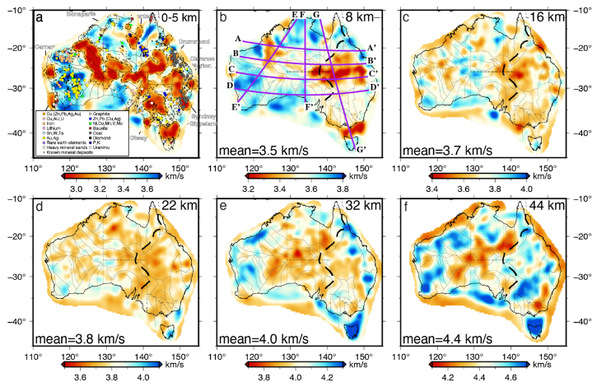Zhejiang University: Next-generation seismic model of the Australian crust from ambient noise imaging
Ambient noise imaging has been a revolutionary and transformative technique in seismology in the last two decades, and its extensive application has greatly promoted the understanding of the Earth’s internal structure. The traditional ambient imaging method entails recording vibration signals in multiple stations simultaneously and extracting useful seismic wave signals from chaotic “noises”. In real fieldwork, this method is not applicable as it is virtually impossible to set up a large number of instruments due to the limitation of sampling costs and geographic conditions. To address this challenge, it is essential to extend ambient noise imaging to asynchronous stations.
Against this backdrop, CHEN Yunfeng, a researcher at the Zhejiang University School of Earth Sciences, teamed up with scholars from Australia and the United States to develop a novel ambient noise imaging method, which facilitated the extraction of seismic waves between asynchronous stations. This method enabled the researchers to probe the Australian crust at a considerably higher resolution. The new seismic model of the Australian crust revealed a clear correlation between mineral deposits and seismic velocity. The researchers discovered that the crust is of higher shear velocity beneath mineral deposits. The consistently faster crust could suggest that crustal structures have potential control over the mineral deposition process.
Their findings are published in the journal Nature Communications. This study promotes the development of the ambient noise imaging method and sheds light on the mineral deposition process and the mineral distribution pattern.

